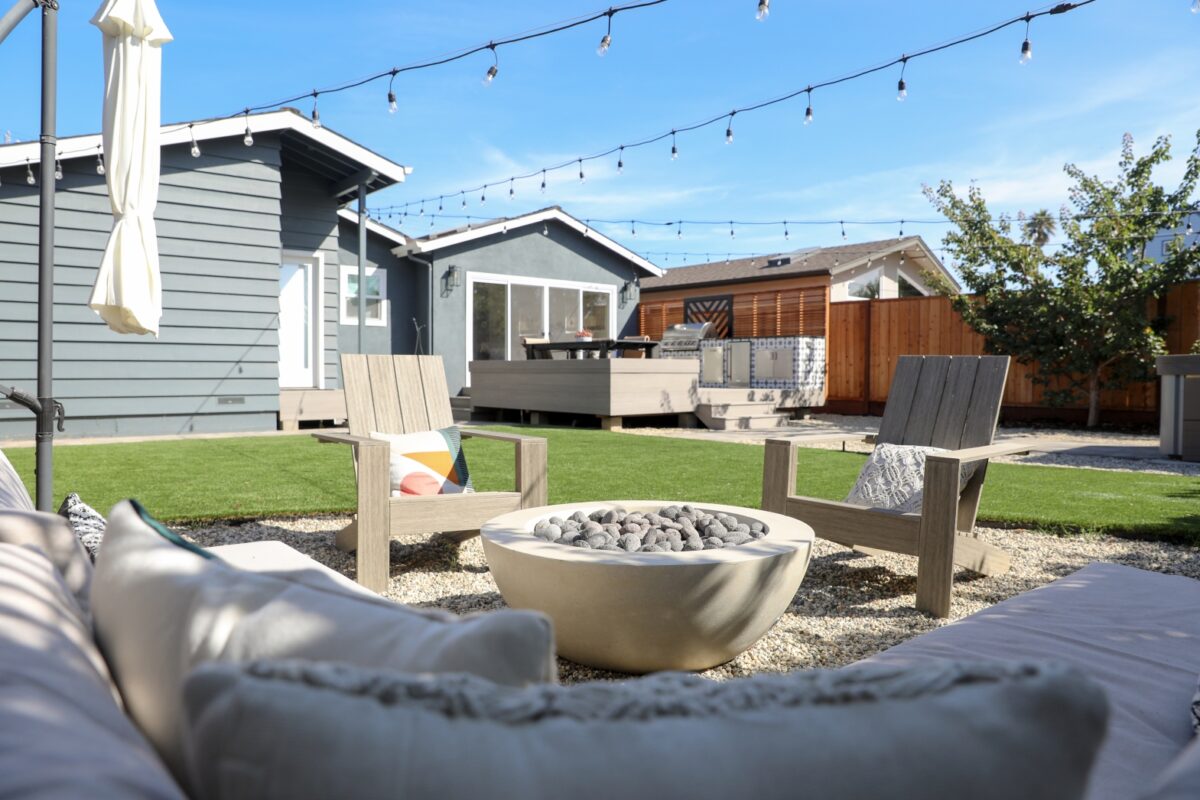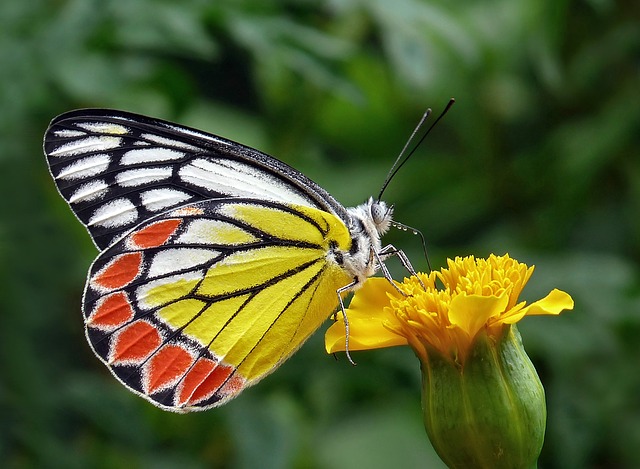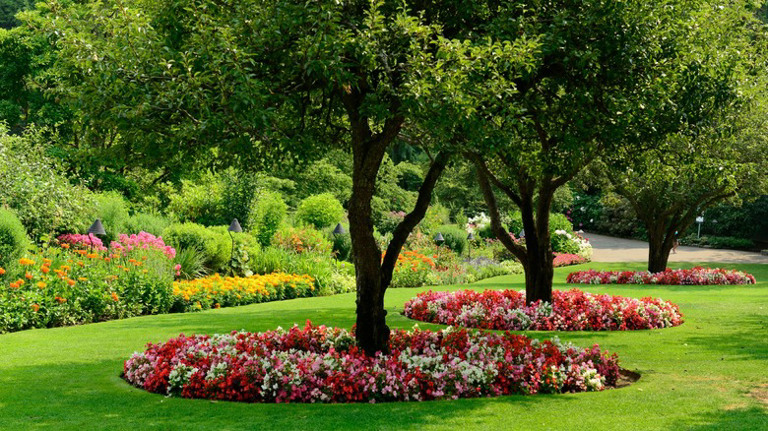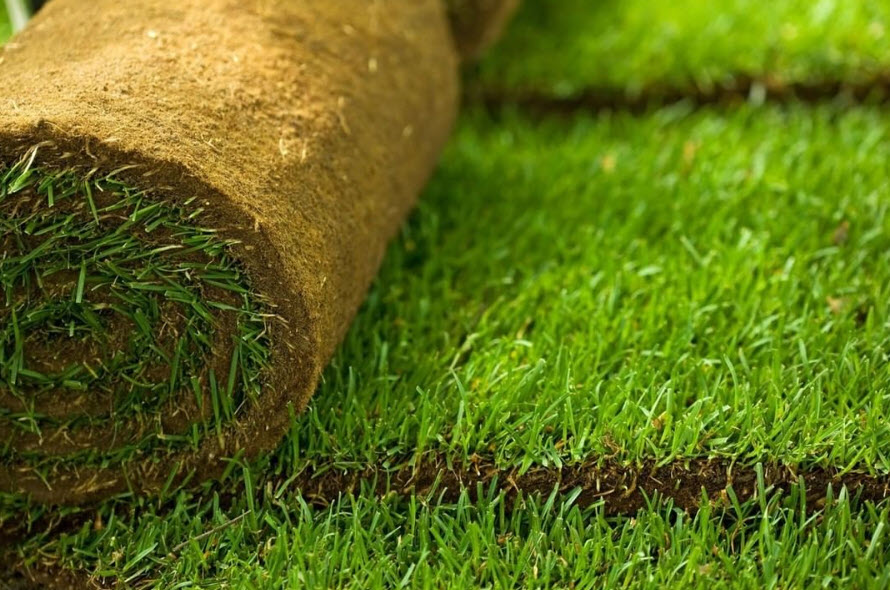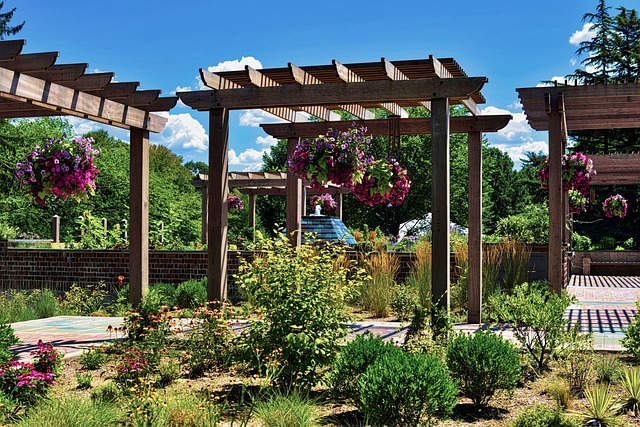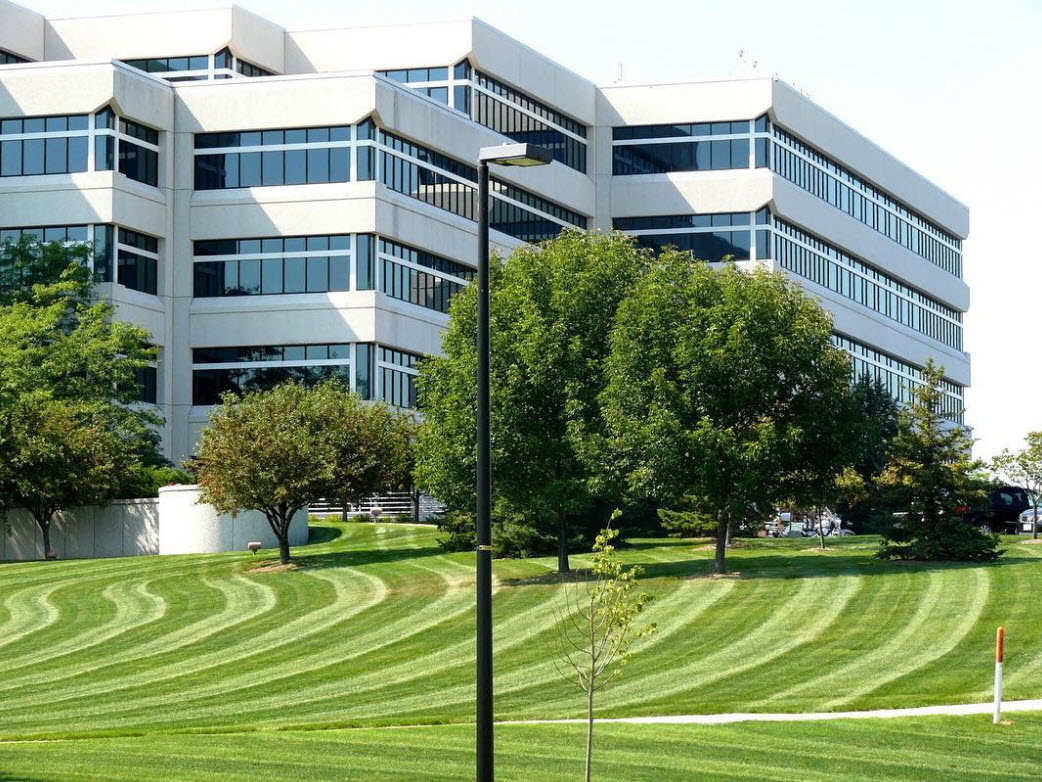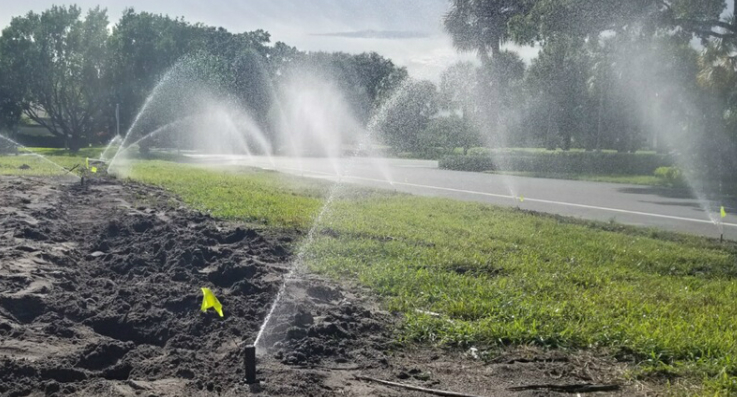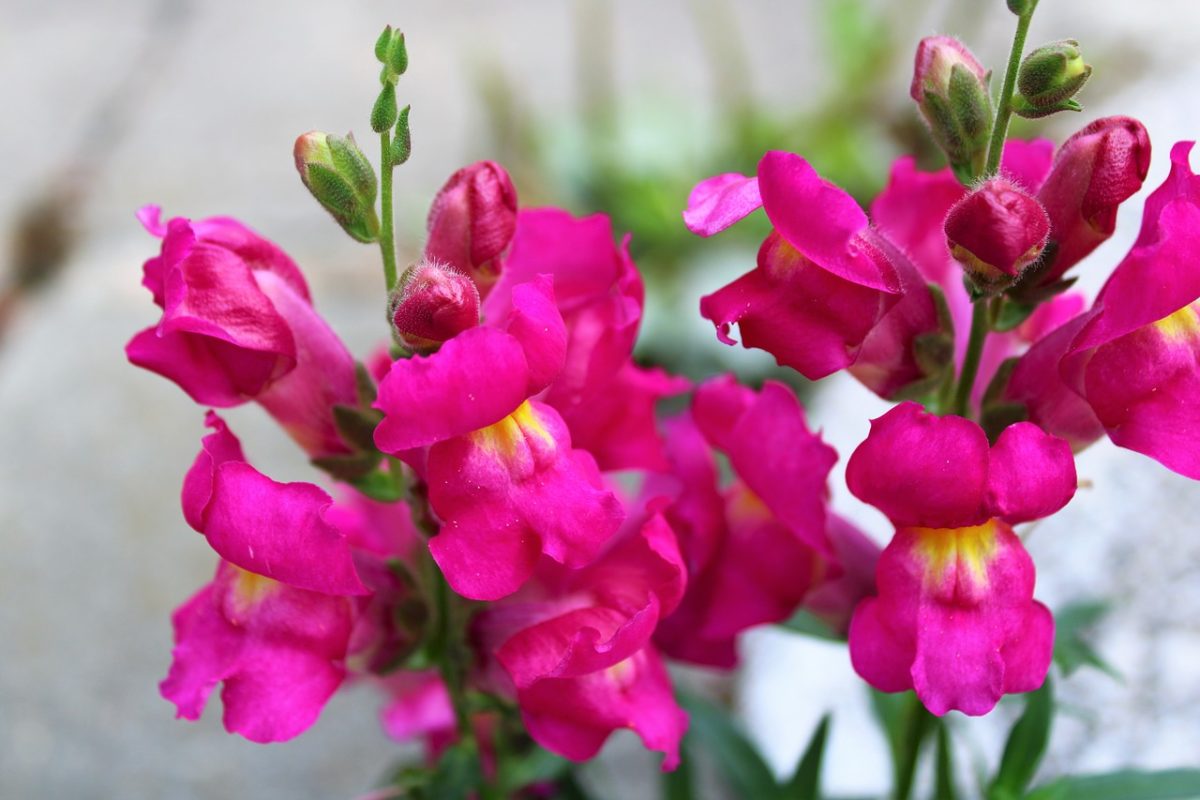Hosting a special event in your outdoor space can be a magical experience, but it requires careful planning to ensure your lawn is ready to impress. In this guide, we’ll take you through the essential steps to prepare your lawn for special occasions like parties, weddings, or outdoor gatherings. From timing considerations to decoration ideas and temporary landscaping enhancements, let’s transform your lawn into the perfect venue for your celebration.
- Timing is Key:
Start your preparations well in advance to allow your lawn to reach its full potential. Consider the following timeline:
Several Weeks Before: Assess the condition of your lawn and address any issues like weeds, bare patches, or uneven terrain.
Two Weeks Before: Perform necessary lawn treatments, such as fertilization, aeration, and overseeding, to promote lush, healthy grass.
One Week Before: Mow the lawn to an appropriate height for the event, and water it adequately to ensure vibrancy.
- Temporary Landscaping Enhancements:
- Turf Paint: For an instant boost of color, consider using turf paint to create vibrant patterns or define specific areas.
- Temporary Pathways: If you anticipate heavy foot traffic, install temporary pathways using materials like stepping stones or decorative walkway tiles to protect your grass.
- Event-Specific Planters: Incorporate temporary planters filled with seasonal flowers or greenery to enhance the overall aesthetic.
- Decoration Ideas:
- String Lights and Lanterns: Create a magical atmosphere by stringing fairy lights or lanterns across your lawn. This not only provides ambient lighting but also adds a touch of enchantment to the setting.
- Decorative Centerpieces: Place eye-catching centerpieces on tables or scattered across the lawn. Consider items like floral arrangements, candles, or themed decorations that complement the event’s style.
- Customized Signage: Guide your guests and add a personal touch with customized signage. Whether it’s directional signs, welcome boards, or event-specific messages, signage can enhance the overall experience.
- Lawn Maintenance on Event Day:
- Last-Minute Mowing: Give your lawn a final, fresh mow on the day of the event to ensure a neat and polished appearance.
- Watering Schedule: Water the lawn early in the day to allow sufficient time for drying, preventing soggy conditions during the event.
- Weather Contingency Plan:
Keep an eye on the weather forecast and have a contingency plan in case of rain or adverse conditions. Consider renting tents or canopies to provide shelter, and have umbrellas or ponchos available for guests.
- Post-Event Lawn Care:
After the celebration, attend to your lawn promptly:
Remove Temporary Enhancements: Take down any temporary landscaping elements or decorations.
Perform Post-Event Maintenance: Address any foot traffic damage, such as compacted soil or flattened grass, by aerating and overseeding as needed.
With careful planning and attention to detail, your lawn can become the perfect backdrop for a memorable special event. From the initial preparations weeks in advance to the finishing touches on the day of the celebration, following this guide will ensure that your lawn is not only event-ready but also a source of pride and joy for you and your guests. Cheers to creating lasting memories in your outdoor oasis!

